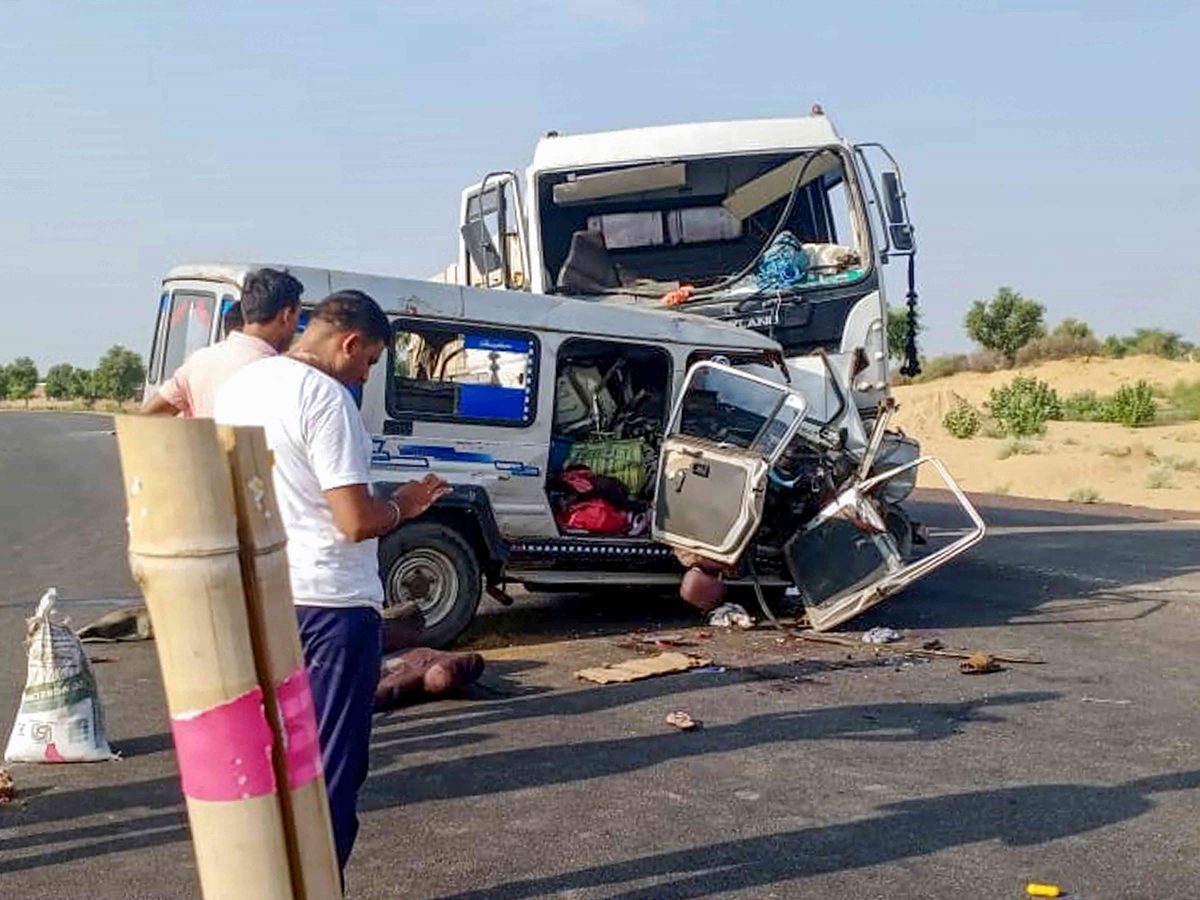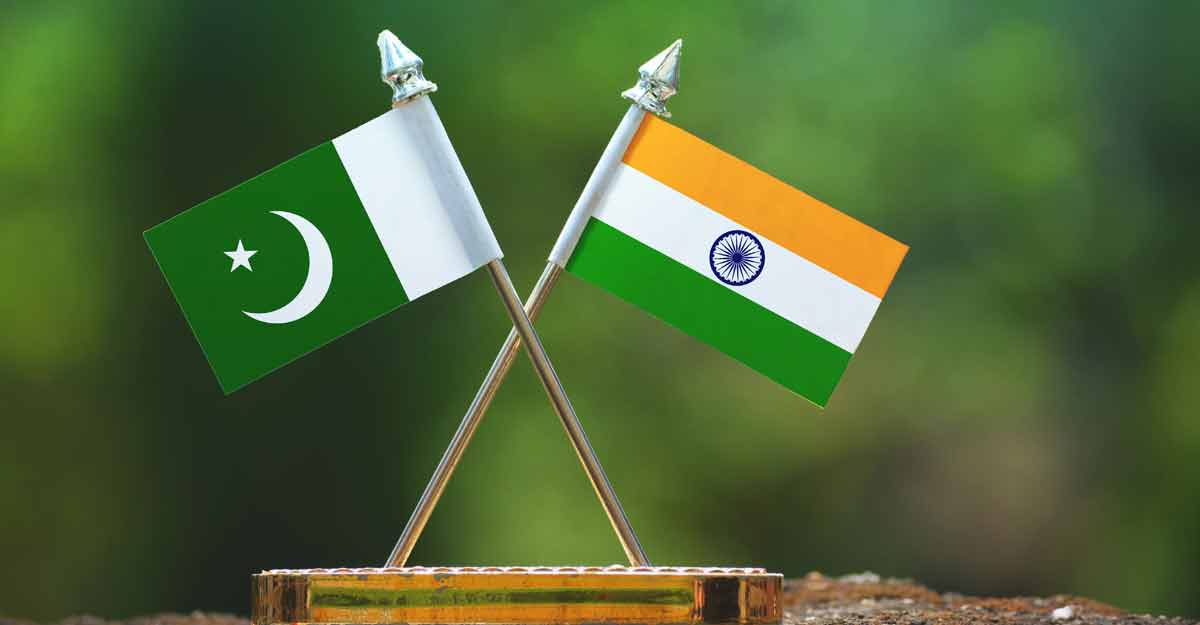
New Delhi: India banks solely on police data for estimating deaths in road accidents, ignoring other critical sources, leading to a data gap that impairs its emergency response system, makes it difficult to design and implement accident prevention strategies, and leads to an underestimation of accidental deaths, experts say.
The World Health Organization classified India’s official data on road traffic fatalities as “unusable” or “unavailable” because of “quality issues” in its 2019 Global Health Estimates released in December 2020. This study is still the latest available source of global data on death and disability by region, country, age, sex and cause.
In its methods and country-level data sources handbook, the WHO pointed out that it has official figures from India for only 2001-2003 and 2010-2013. For the remaining years, it has had to collate numbers from the Global Burden of Diseases (2019) study produced by its partnering institute, the Institute of Health Metrics and Evaluation, an independent research centre at the University of Washington, said a WHO statistician who did not wish to be named.
The Ministry of Road Transport and Highways data on road crash deaths are not complete because the data reporting process of the police departments is flawed, there is significant underreporting especially in rural India, and not enough public trust in the police, experts told IndiaSpend.
The WHO classifies all countries into four categories on the basis of data availability on the cause of death: “high completeness”, “low completeness and/or issues with cause-of-death assignment”, “low completeness with severe quality issues” and “data are unavailable”.
In the case of road deaths, for example, Japan is listed in the “high completeness” category and Thailand in “low completeness”, while India’s numbers are categorised as “data are unavailable”. While Japan collates road deaths data from sources such as hospitals, ambulance services, forensic investigation of crash sites and insurance providers, Thailand banks on its ministries of public health, interior and transport and so on for estimates.
However, this gap is normal because the WHO and the Indian government use different methods to collect numbers and it is difficult to prove which method is more robust, Anshuman Mohanty, economic advisor, Transport Research Wing, Ministry of Road Transport and Highways, told IndiaSpend.
A comprehensive crash investigation system is required to offer every stakeholder – the public, the police and policymakers – strong evidence on the contributing factors, wrote Benedicta Isaac-Kumar, a consultant with Chennai-based Citizen consumer and civic Action Group, a non-profit, voluntary and professional citizens group.
Incomplete data
In India, there are two reports on data relating to road traffic accidents – the “Road Accidents in India” report of the Ministry of Road Transport and Highways and the “Crime in India” report of the National Crime Records Bureau. As in many countries, the data are sourced entirely from the police departments of states and Union Territories.
Here is how the police collect crash information. Once they are informed about a road accident by someone involved in the mishap, a witness or a police officer at the site, a First Information Report is recorded. Its content can only be changed with the permission of the High Court or the Supreme Court of India, explains a 2020 Indian Institute of Technology, Delhi study. Once the investigation concludes, a case file is prepared. After this, the offending party is charged under provisions of the Indian Penal Code and the Motor Vehicles Act of India 1988.
In the case of serious injuries and instantaneous death, the survivor or the victim’s family may file an FIR only if they want to pursue the case in a court or claim compensation, insurance after adjudication by the Motor Accidents Claims Tribunal.
The IIT study also reported that most cases are attributed to “human error” and this means that factors such as vehicular and infrastructural problems are not included. The cause of the crash has to be recorded as the “fault” of a “road user” as per the India Penal Code and Motor Vehicle Act 1988, ignoring all other factors.
On the shortcomings of the data reporting mechanism in India, the Ministry of Road Transport and Highways report itself pointed out that if a road accident victim dies in a hospital after 30 days of the accident, it is not reported as a road traffic fatality.
“Collecting data from different sources to build a meaningful analysis of road crashes is vital,” said Piyush Tewari, founder of the New Delhi-based SaveLIFE Foundation, an independent non-profit organisation focussed on improving road safety and emergency medical care. “For example, data can be collected from police officials, ambulance service providers, information from bystanders etc.”
“We do not have any national trauma registry database where hospitals need to report road accident deaths or injuries, like now all hospitals need to report Covid-19 cases on a central portal,” MC Misra, the former director of the All India Institute of Medical Sciences, told IndiaSpend.
Underreporting of deaths
Due to the inadequate police presence in India’s rural areas, it is possible that about 50% of road crash deaths there go unreported, said the IIT study. For urban pockets, this figure is lower but still significant, 10%-20%.
In urban areas, most of the road accident deaths and injuries get reported which occur in a hospital. Due to the sparse density of hospitals in rural areas, the chances of missing accidents, deaths and injuries are higher.
Data on non-fatal crash injuries in India may also be unreliable because survivors may choose not to report them to the police or hospitals, the IIT-Delhi study noted. Scroll. In


